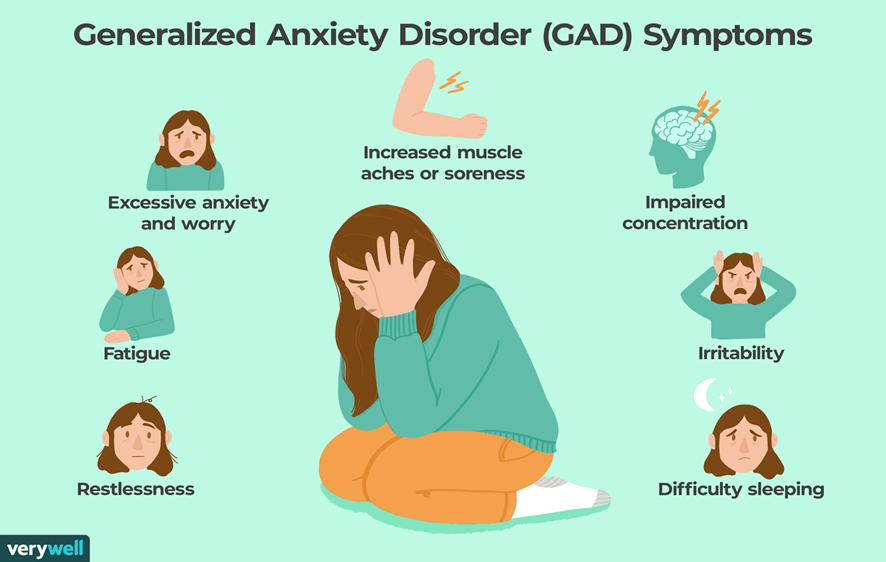A nurse is caring for a client who is receiving inpatient treatment for an eating disorder. The client states, "I just can't sleep soundly here because it's too noisy." Which of the following actions should the nurse take?
Tell the client that they will eventually get used to people talking at night.
Recommend that the client try to sleep during the day when it is quieter.
Keep conversations and activities to a minimum during the nighttime.
Turn on the client's television at night to cover up environmental noises.
The Correct Answer is C
Choice A reason:
Telling the client that they will eventually get used to people talking at night is not a supportive or effective response. It dismisses the client's current discomfort and does not address the immediate issue of noise disrupting their sleep. Clients in inpatient treatment for eating disorders often have heightened sensitivity to their environment, and dismissing their concerns can increase stress and anxiety.
Choice B reason:
Recommending that the client try to sleep during the day when it is quieter is not practical. It disrupts the client's natural circadian rhythm and can lead to further sleep disturbances. Encouraging a regular sleep schedule at night is more beneficial for overall health and recovery.
Choice C reason:
Keeping conversations and activities to a minimum during the nighttime is the most appropriate action. This approach directly addresses the client's concern about noise and helps create a quieter, more restful environment. Reducing noise levels at night can significantly improve sleep quality for clients in inpatient settings.
Choice D reason:
Turning on the client's television at night to cover up environmental noises is not advisable. While it might mask some noise, it can also introduce new disturbances and prevent the client from achieving deep, restorative sleep. The light and sound from the television can interfere with the body's natural sleep processes.
Nursing Test Bank
Naxlex Comprehensive Predictor Exams
Related Questions
Correct Answer is D
Explanation
Choice A reason: A client who is experiencing stimulant withdrawal may exhibit symptoms such as fatigue, depression, and increased appetite. While these symptoms can be distressing, they do not typically include seizures. Stimulant withdrawal does not usually necessitate seizure precautions because the risk of seizures is low.
Choice B reason: A client who is experiencing opioid withdrawal may suffer from symptoms like anxiety, muscle aches, sweating, and nausea. Although opioid withdrawal can be very uncomfortable and distressing, it is not commonly associated with seizures. Therefore, seizure precautions are generally not required for opioid withdrawal.
Choice C reason: A client who is experiencing cannabis withdrawal might experience irritability, sleep disturbances, and decreased appetite. Cannabis withdrawal is not typically associated with seizures, so seizure precautions are not necessary for these clients.
Choice D reason: A client who is experiencing alcohol withdrawal is at a significant risk for seizures. Alcohol withdrawal can lead to severe complications such as delirium tremens, which includes symptoms like confusion, hallucinations, and seizures. Implementing seizure precautions for clients undergoing alcohol withdrawal is crucial to prevent injury and manage potential seizures effectively.
Correct Answer is A
Explanation
Choice A reason:
Informing the client that they have the legal right to refuse treatment at any time is the correct action. Patients have the right to make decisions about their own healthcare, including the right to refuse treatment. This respects their autonomy and ensures that they are making informed decisions about their care.
Choice B reason:
Encouraging the client to have the procedure without addressing their concerns can be seen as coercive. It is important to understand the client's reasons for refusing the procedure and to provide information and support to help them make an informed decision.
Choice C reason:
Obtaining consent from the client's family member is not appropriate unless the client is unable to make decisions for themselves. If the client is competent, their decision should be respected, and family members should not be asked to override their wishes.
Choice D reason:
Requesting another nurse to review the procedure with the client might be helpful in providing additional information, but it should not be done with the intention of pressuring the client into agreeing to the procedure. The client's right to refuse should still be respected.

Whether you are a student looking to ace your exams or a practicing nurse seeking to enhance your expertise , our nursing education contents will empower you with the confidence and competence to make a difference in the lives of patients and become a respected leader in the healthcare field.
Visit Naxlex, invest in your future and unlock endless possibilities with our unparalleled nursing education contents today
Report Wrong Answer on the Current Question
Do you disagree with the answer? If yes, what is your expected answer? Explain.
Kindly be descriptive with the issue you are facing.
